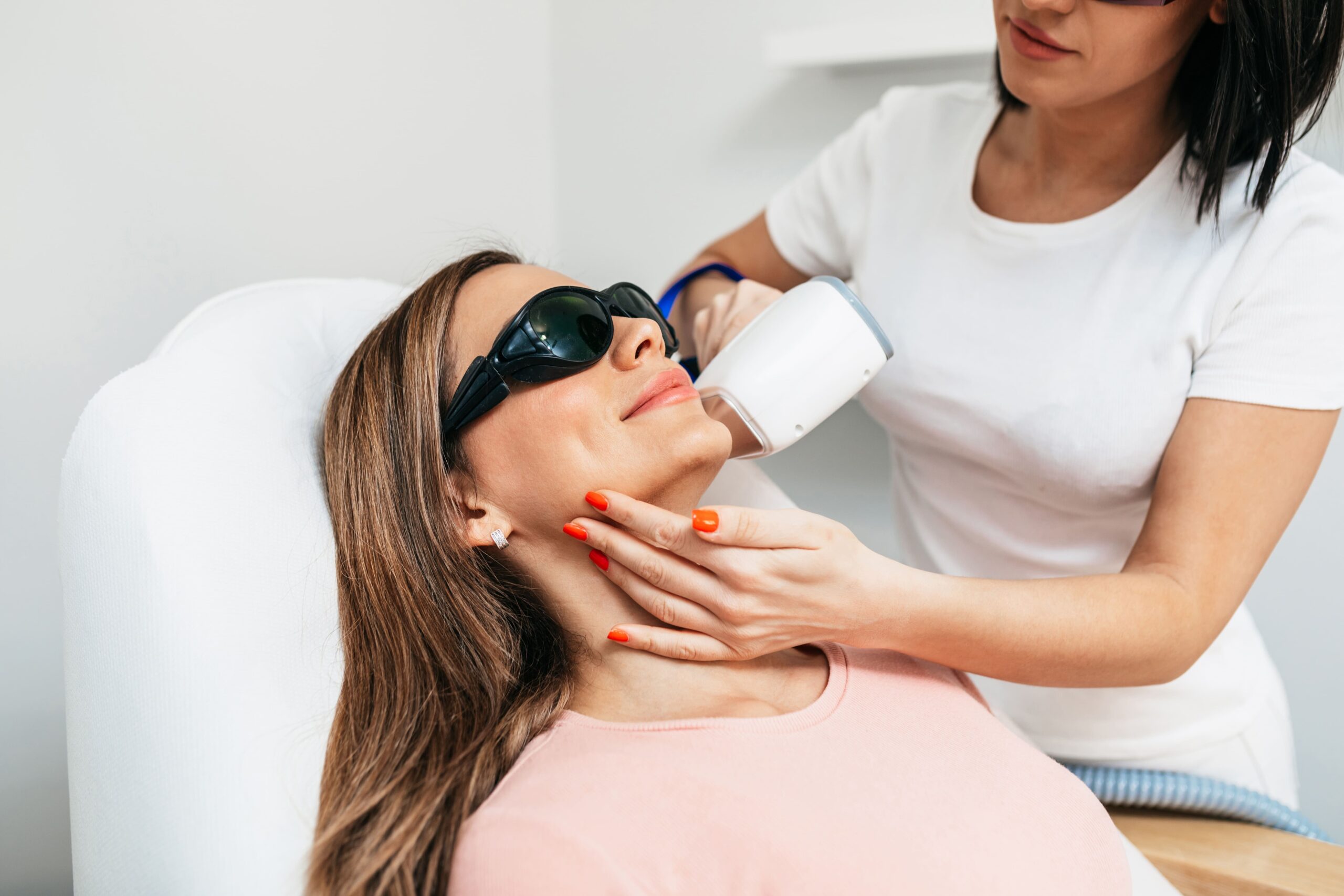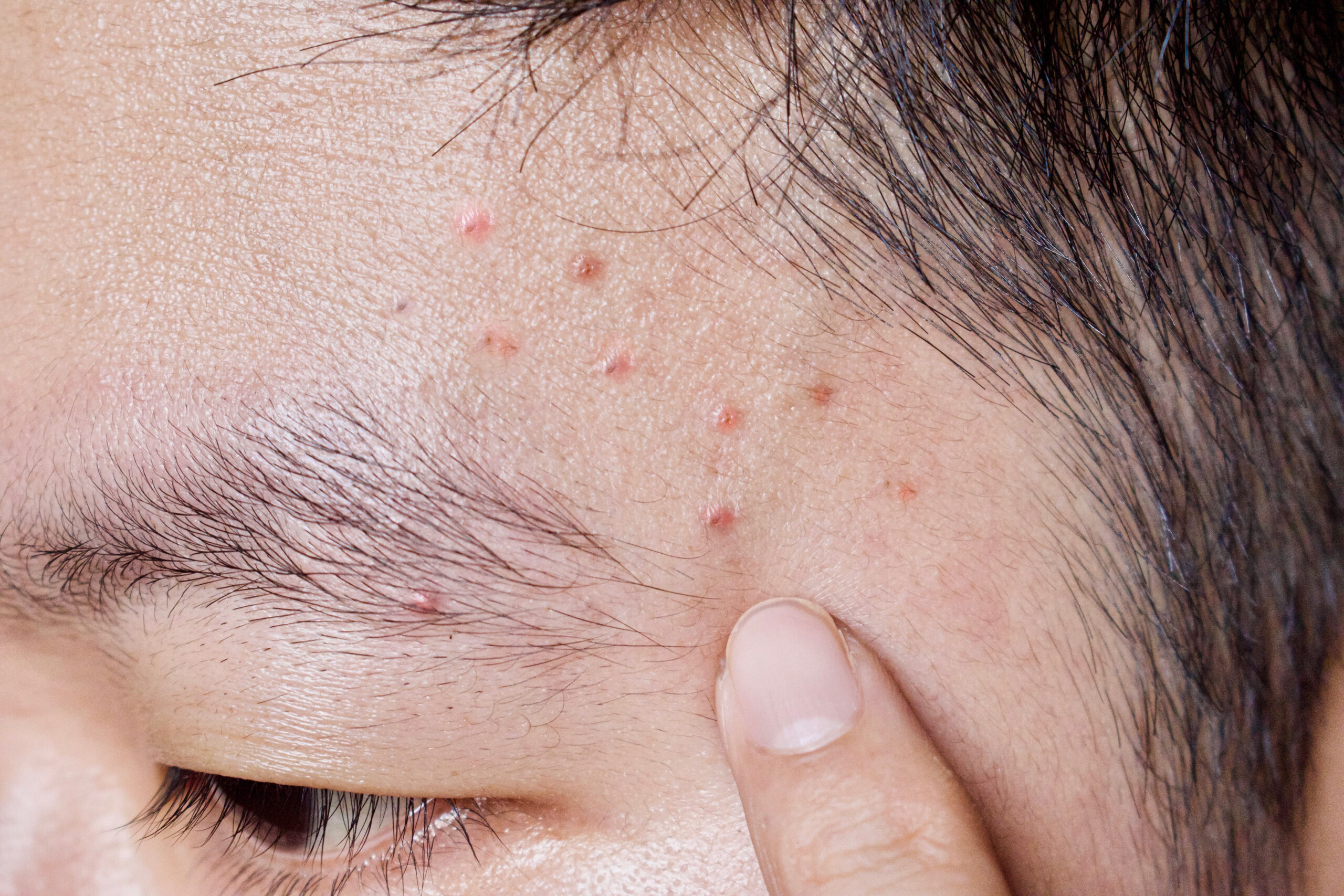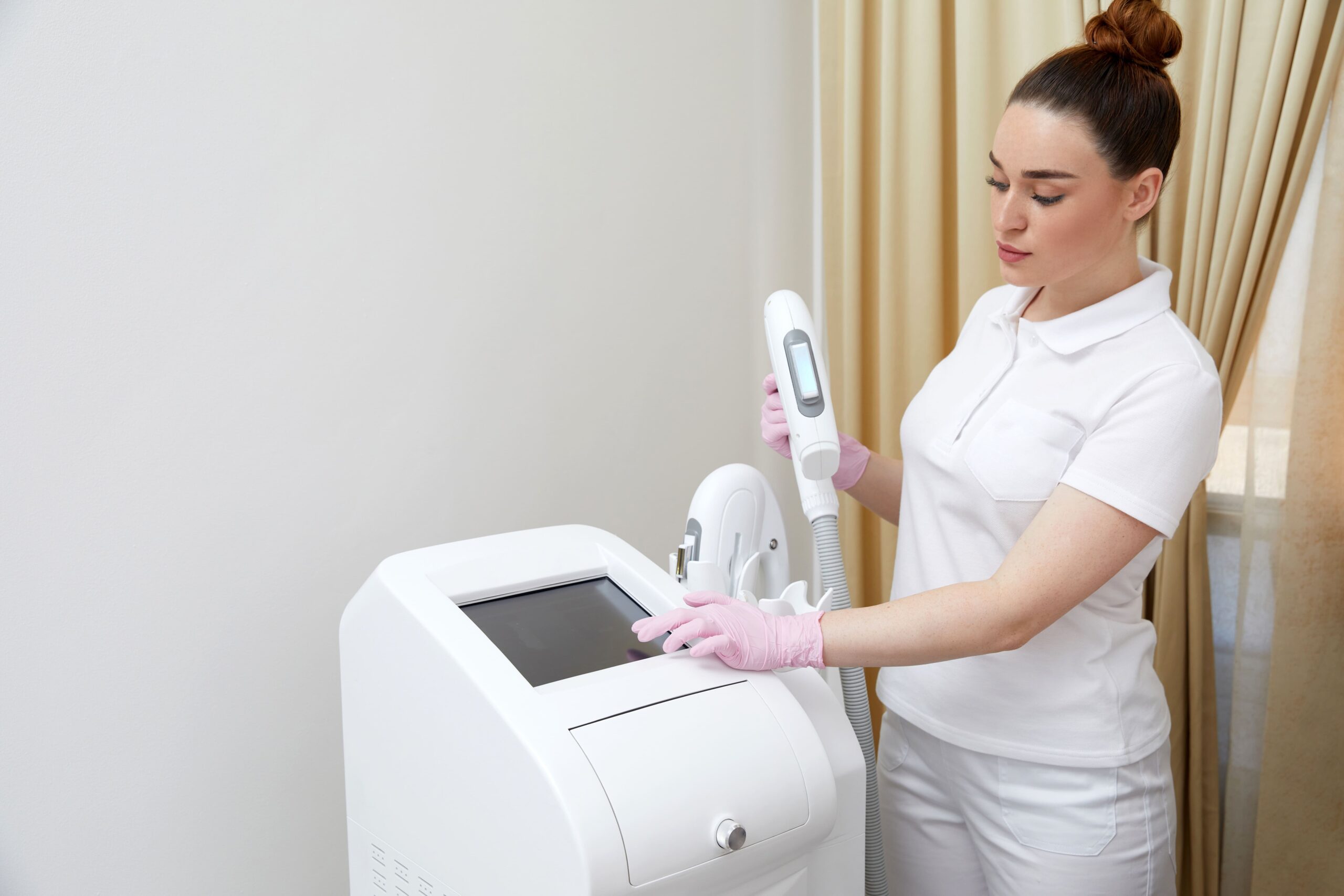
Introduction
Laser treatments have transformed the world of skincare offering effective solutions for hair removal skin rejuvenation pigmentation correction and more. While these procedures are generally safe it is important to understand the risks involved and how to minimize them. This guide covers everything you need to know about laser treatment safety from choosing the right practitioner to post treatment care.
Common Side Effects of Laser Treatments

Laser treatments are non invasive but can cause temporary side effects. Understanding these effects can help you prepare and take the necessary precautions.
Mild and Common Side Effects
- Redness and swelling immediately after treatment
- Skin sensitivity or a mild burning sensation
- Temporary darkening or lightening of treated areas
Rare but Serious Side Effects
- Blistering or scarring if improper laser settings are used
- Hyperpigmentation or hypopigmentation especially for darker skin tones
- Infection if the treated area is not kept clean
Most side effects fade within a few days but following proper aftercare is key to reducing risks.
Choosing a Qualified Practitioner

One of the biggest factors in ensuring a safe laser treatment is selecting a certified and experienced practitioner. Here is what to look for
- Board Certification Ensure the provider is a licensed dermatologist or certified laser specialist
- Clinic Reputation Check reviews testimonials and before and after photos
- Experience with Your Skin Type Different skin tones require different laser settings
- Use of FDA Approved Lasers Ask if the clinic uses safe and regulated laser devices
Avoid unqualified practitioners as incorrect laser settings can lead to burns or pigmentation issues.
Post Treatment Care to Avoid Complications

Proper aftercare is essential to ensure smooth recovery and prevent unwanted side effects. Follow these guidelines
First 24 to 48 Hours
- Apply cold compresses to reduce redness and swelling
- Avoid hot showers saunas and strenuous exercise
- Do not apply harsh skincare products like retinol or exfoliants
Ongoing Care
- Use SPF 30 sunscreen or higher to protect treated areas
- Avoid direct sun exposure for at least two weeks
- Keep the skin moisturized with a gentle fragrance free lotion
Following these steps ensures better healing and reduces risks of pigmentation changes or scarring.
Understanding Your Skin Type and Laser Compatibility

Not all lasers work the same for every skin type. The wrong laser can lead to burns hyperpigmentation or ineffective results. Here is a simple guide to choosing the right laser
Skin Type
Fair Skin
Medium Skin
Dark Skin
Best Laser Types
Alexandrite Diode
Diode Nd YAG
Nd YAG
Precautions
Fast and effective but avoid excessive sun exposure
Safe with proper cooling systems
Penetrates deeper without affecting melanin
Laser Safety Regulations and Standards

To ensure safety laser treatments must comply with strict industry regulations. Some key standards include
- FDA Approval All lasers used in treatments must be FDA approved for medical or cosmetic use
- ISO Certification Clinics should follow international safety standards
- Practitioner Licensing Laser specialists must undergo proper training and certification
Always ask about a clinic’s safety protocols before booking your treatment.
Conclusion
Laser treatments are highly effective but ensuring safety and proper aftercare is crucial. By selecting a qualified practitioner understanding your skin type and following post treatment care guidelines you can minimize risks and achieve the best possible results.
If you are considering a laser treatment schedule a consultation with our specialists to find the safest option for your skin.

